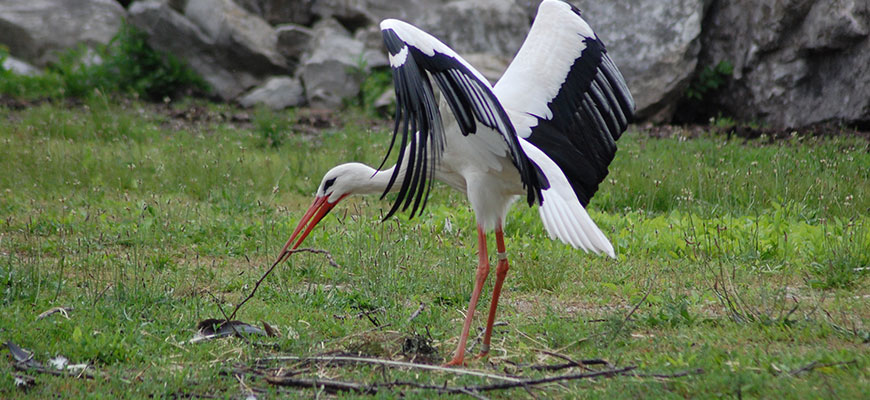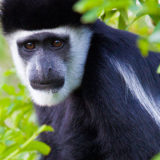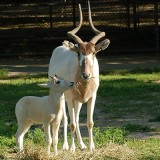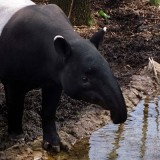CLASSIFICATION
Order: Ciconiiformes
Family: Ciconiidae
Genus: Ciconia
Species: ciconia
RANGE
Europe, Asia, Africa
HABITAT
Rocky cliffs and trees, more frequently on roofs and human habitation.
SIZE
Length: Up to 40 inches.
LIFE EXPECTANCY
Wild storks to 20 years; captive storks longer.
REPRODUCTION
- Both sexes work at repairing the old nest or building a new one.
- The male usually brings the material which can be grass, sticks, twigs, lumps of earth, or even rags and paper. The female arranges the materials to form a rough platform.
- Three to five eggs are laid which the male helps incubate by day; female sits during the night.
- It takes from 29 – 30 days for each egg to hatch. Young remain in the nest about 8 weeks before taking flight.
DIET
Wild: Frogs, fish, birds, snakes, large insects, small mammals.
Zoo: Bird of prey diet, smelt, mice.
BEHAVIOR
- In the spring the mated pairs often soar high on the almost motionless wings, flying in spirals until nearly out of sight.
- They migrate in large flocks, often numbering several thousand birds.
POINTS OF INTEREST
- The antiquity of storks is shown by the 27 fossil species dating back some 40 million years.
- The stork’s legendary role in human obstetrics is one of the happiest and most persistent myths in our cultural history. The stork of legend is the white stork of Europe, which has been regarded as a bird of good omen since the early Middle Ages. Their presence is regarded as such a sign of good luck that house owners frequently put platforms and baskets on their roofs in the hope that a stork will make use of them.
STATUS
Least concern. Protected in Central Europe.





